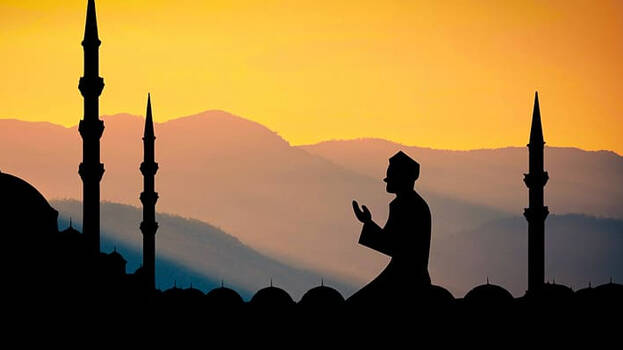## Post colonization and Islam ##

Advertisement
Islamic countries which came under Colonial domination did not remain outside the social, cultural and linguistic influences of their colonizers. The influences are quite visible in European countries which still have pockets of Muslim population. It is interesting to note that culture has an overwhelming influence over religion among groups of people.
Muslims in India, France, Italy and Spain provide an interesting portrait in this regard. The pre-partition India in general and post-partition India provide an interesting illustration of Muslim diversity in terms of casts, traditions and languages while still remaining tethered to Islam.
The renowned geographer, Al-Idrisi of Sicily (1154 A.D.) wrote about diverse Muslim communities in Muslim lands. Al-Idrisi’s account makes it clear that uniformity did not prevail among Muslims even at that point. In fact, the emergence of Kharjites (External groups) had emerged even before the time of Fourth Caliph, Ali, who was challenging many concepts of Islam.
In fact, Arabs had an impressive intellectual knowledge in different fields and areas. Therefore, it was not unusual that they would scrutinize and scientifically examine Islamic concepts and precept during its introduction. From their perspective many elements in Islam needed to be expunged.
Thus, a controversy arose that if this trend was not curbed it would give rise to mischief. The assassination of third and fourth Caliph, Uthman and Ali, were the result of this mischief. The wife of Prophet Mohammad, Ayesha, fought a war with Ali on this issue. In fact, Ali had procrastinated that any confrontation with Kharjites would engulf Arabs in mutual conflicts in the nascent stage of onset of Islam and hence, it should be avoided.
For more than a century, the theme of unity and conformity among Muslims and Islamic countries has remained constant. However, with the Umayyad rule after first rule of Khulfai Rashidin, a vertical division in terms Sunni and Shia factions among Muslims took place.
It was after the assassination of grandson of Prophet Mohammad, Imam Hussain in Kufa (Iraq) that this divide took place, sharply affecting Muslims in different parts of the world. However, Iran, for various historical and political reasons, became the leading country of Shias. This division resulted in bloody conflicts between the two factions and this antipathy continues even now.
In Pakistan, Shias are often targeted in their mosques and there is constant massacre in other parts of that country. Ironically, the processes and advancement of modernity have greatly diminished these divisions among Muslims. A visit of Muslim countries and an interaction with the groups of Muslims bears out this reality.
In India, a traditional mark of spot (Bindya) on the forehead of a married woman is a sign of her marital status. However, in many places even Muslim women use this sign as their marital status. Efforts are being made by some youth Muslim groups to persuade Muslims to abstain from indulging in these practices. In the same manner, machinations are made that Muslims should not participate in the festival of Holi – a popular Hindu festival.
In Kashmir, the largest Muslim Shrine of Hazratbal in Srinagar, houses a sacred hair of Prophet Mohammad which is preserved in a glass tube and is displayed on special occasions to thousands and sometimes lakhs of viewers. Large sections of Muslims reject this practice and describe it as un-Islamic. It may be noted that these holy relics are connected with Muslim saints, mystics and spiritual personalities and are preserved mostly in shrines. Iran, Iraq, Afghanistan, India and Pakistan are famous for these shrines.
During the era when Muslim dynasties were ruling in the name of Islam, other aspects of Islam did not remain frozen in time. Thus, scholars, interpreters (Muffasirs) and even mystics were busy in interpreting Islam which gave rise to different schools of Islam. Thus, we have a prominent Hanafi school of thought and interpretation established by Jurist and Interpreter, Imam Abu Hanifa. Similarly, there are three other schools also related to Sunni order of Islam.
In the same manner, there are schools of Shia order. Gradually, many more such schools emerged. It is estimated that there are 72 sects within Islam. The adherents of these sects are being governed under the rules of these sects in their personal affairs particularly in the domain of marriage and inheritance. In the modern world, some Muslim countries offer the choice of ‘personal laws’ and ‘secular laws’ in the conduct of their personal affairs. In others, Christian customs and traditions are followed at the time of marriage.
Advertisement






